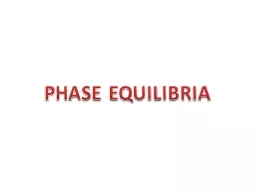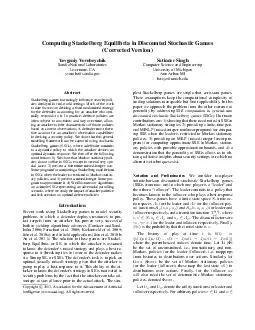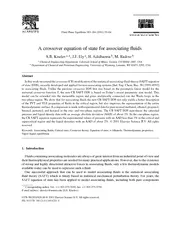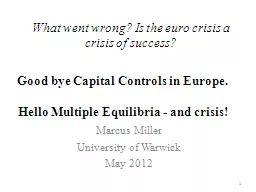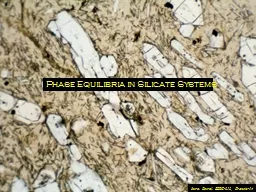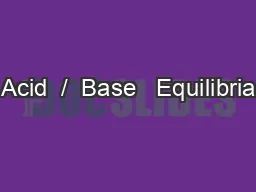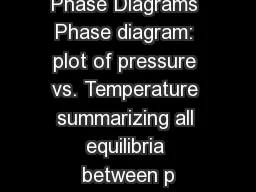PPT-PHASE EQUILIBRIA
Author : pamella-moone | Published Date : 2016-04-08
INTRODUCTION At sea level At top of a mountain Water boils at 100 C Water boils at lt 100 C bP fP P 10133 bar bp 100 C P 026 bar bp 69 C elevation 8848 m
Presentation Embed Code
Download Presentation
Download Presentation The PPT/PDF document "PHASE EQUILIBRIA" is the property of its rightful owner. Permission is granted to download and print the materials on this website for personal, non-commercial use only, and to display it on your personal computer provided you do not modify the materials and that you retain all copyright notices contained in the materials. By downloading content from our website, you accept the terms of this agreement.
PHASE EQUILIBRIA: Transcript
Download Rules Of Document
"PHASE EQUILIBRIA"The content belongs to its owner. You may download and print it for personal use, without modification, and keep all copyright notices. By downloading, you agree to these terms.
Related Documents

